Top 14 Must-Read Data Science Books You Need On Your Desk
datapine
MAY 14, 2019
“Big data is at the foundation of all the megatrends that are happening.” – Chris Lynch, big data expert. Download our free guide! We live in a world saturated with data. At present, around 2.7 Zettabytes of data are floating around in our digital universe, just waiting to be analyzed and explored, according to AnalyticsWeek.


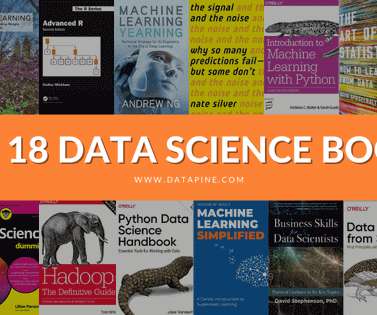
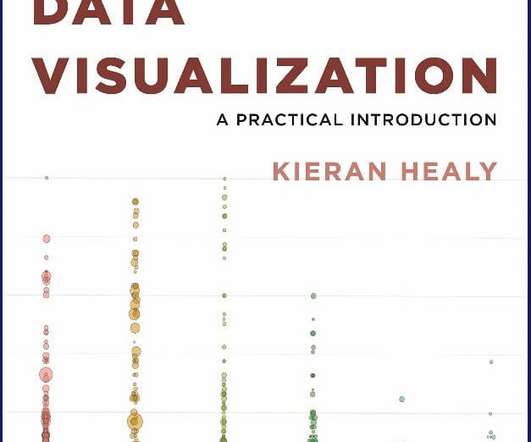
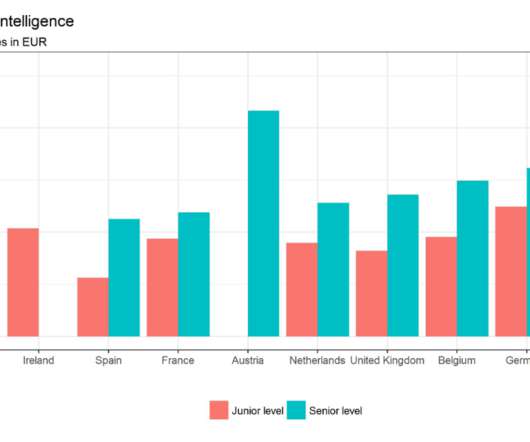
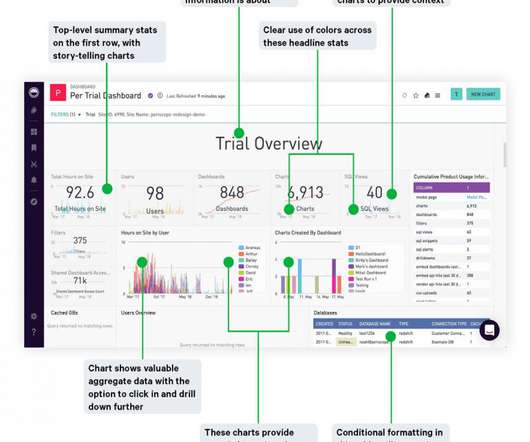
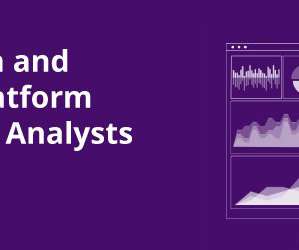



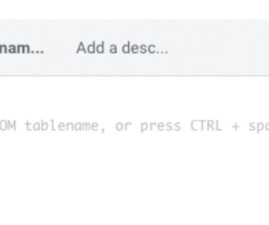

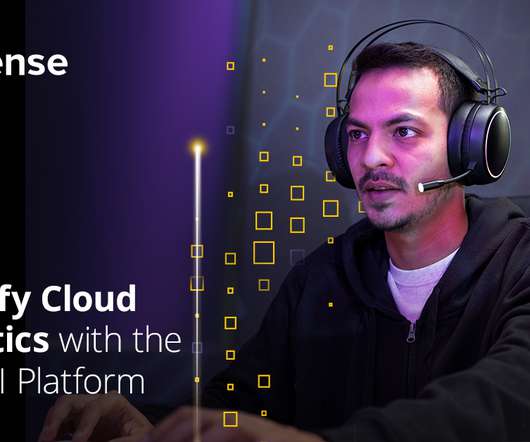


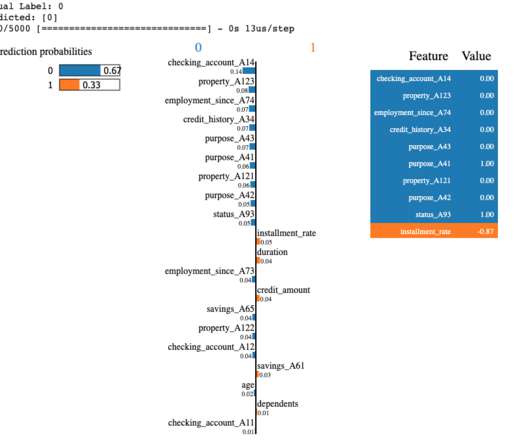










Let's personalize your content